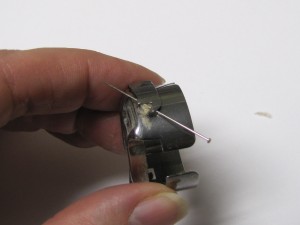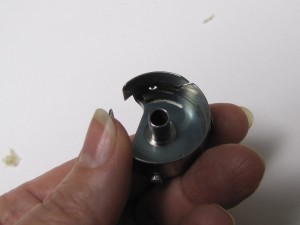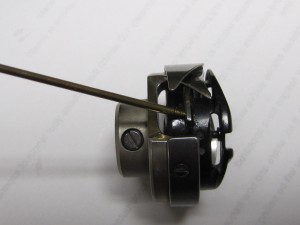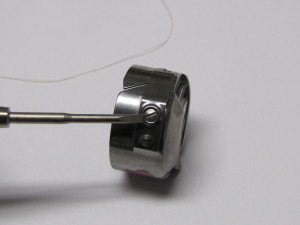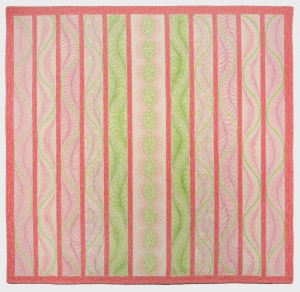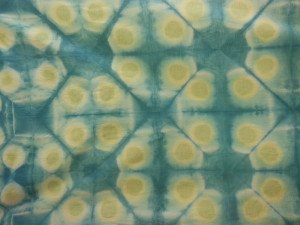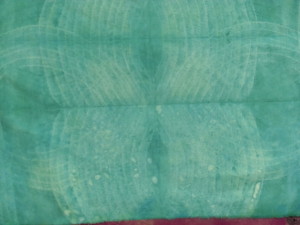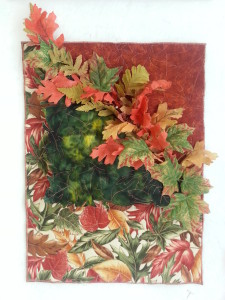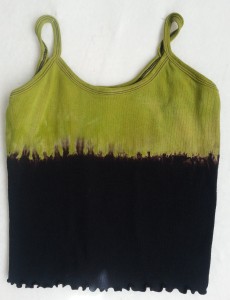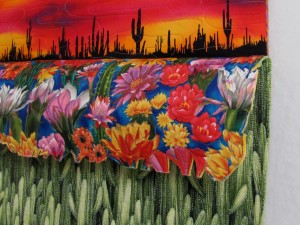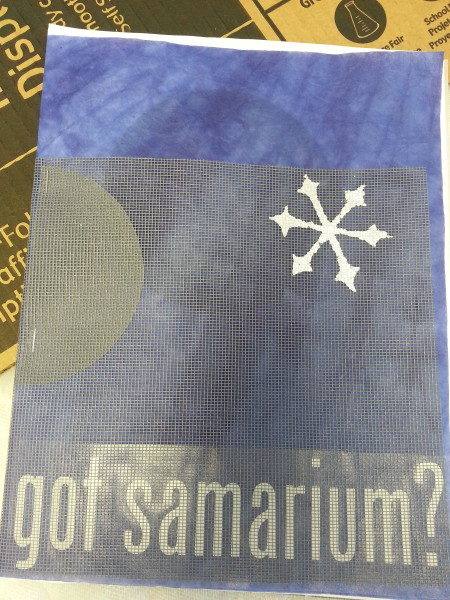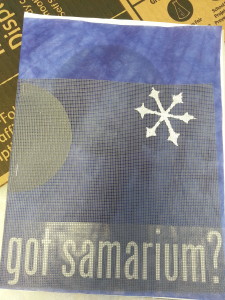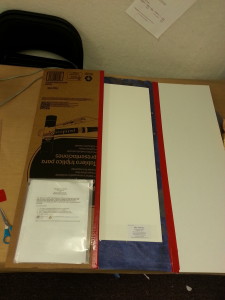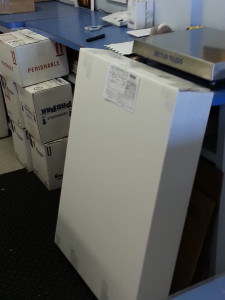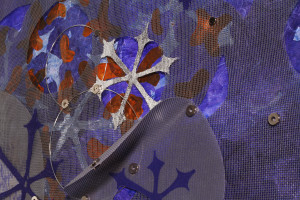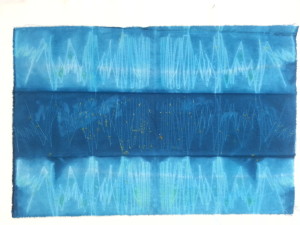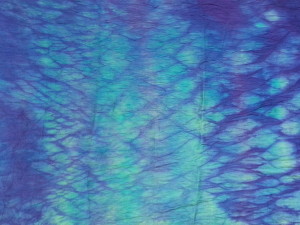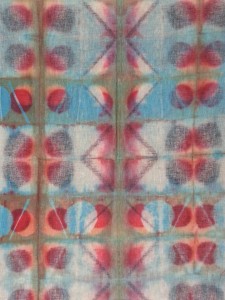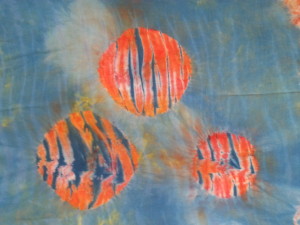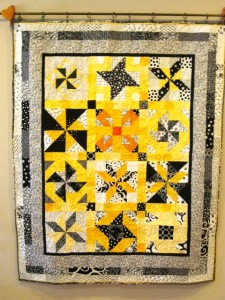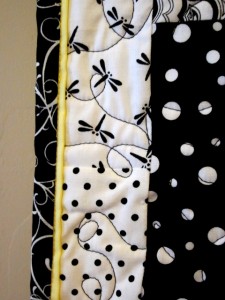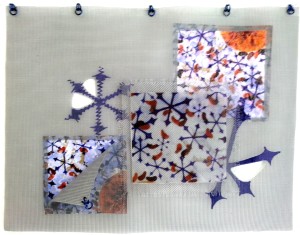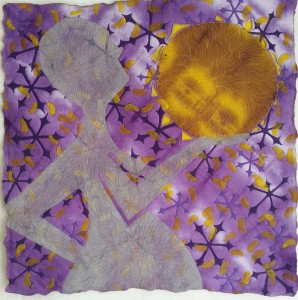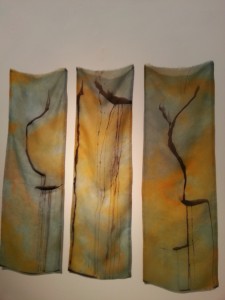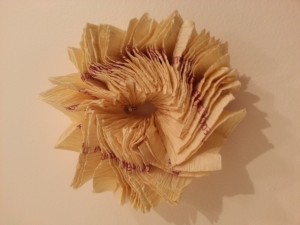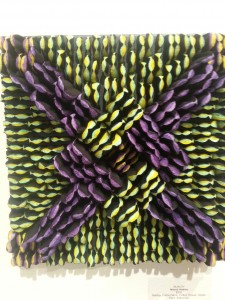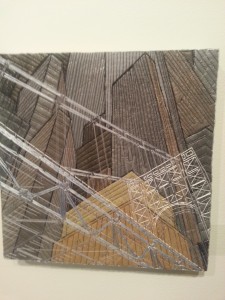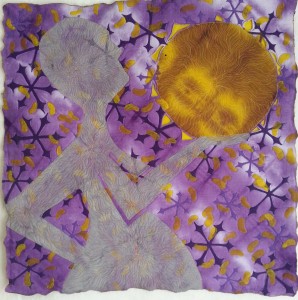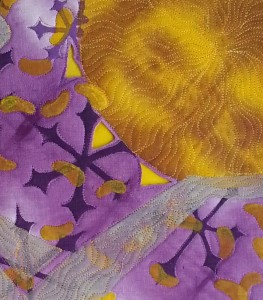Bobbin thread breaking? This will usually happen with longarm machines that have the larger ‘M’ style bobbins and when your quilting design has a lot of changes in direction. The problem is called backspin and it will give you heartburn. It means the bobbin is running so fast, it spins too fast in the bobbin case when you change directions in your stitch line. The heavier/larger your bobbin, the faster you are going, the more changes in direction, the more likely this problem will occur.
I hate when that happens.
I found I could eliminate this problem almost entirely with pre-wound bobbins (available–way it with me–at Superior Threads). They are lightweight and don’t have the backspin that heavier metal bobbins do. Note: I have to peel away the side of the cardboard bobbin that faces me as I put the bobbin in the case in order to fit it into my A-1 machine. I never had to do that for my Gammill until recently.
I also use this trick when I put pre-wound bobbins in my Bernina 930 for piecing, but I remove BOTH bobbin sides for the Bernina. Experiment to find what works best for you.
Note: Be careful with your bobbins. Try not to drop them. Both metal and cardboard can bend out of shape and will increase your bobbin tension. Don’t get the cardboard kind wet with water or oil. That can also distort the bobbin, too.
Tomorrow’s topic: what kind of thread to use.



